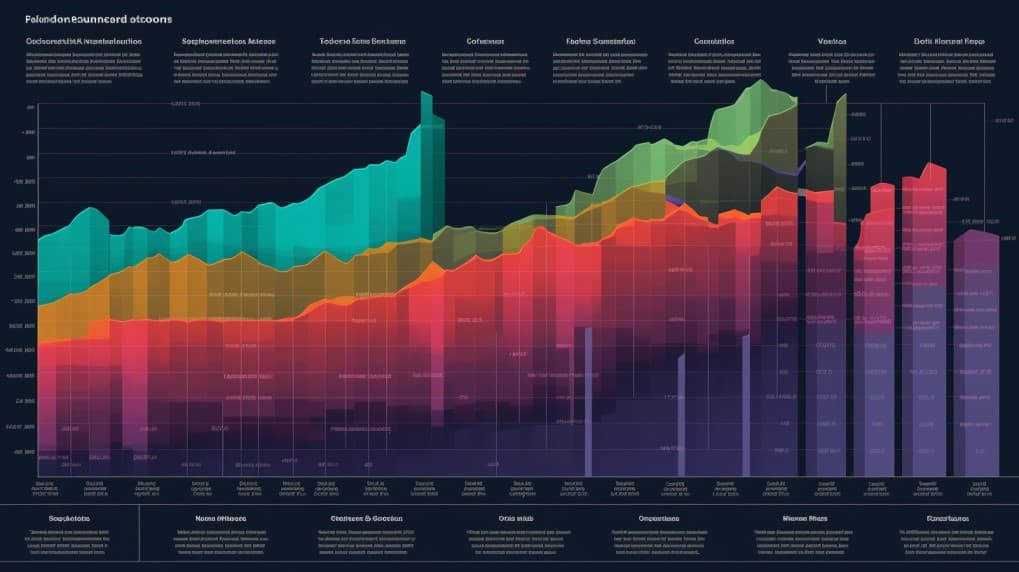
What is the IFGL ETF?
In the world of finance, exchange-traded funds (ETFs) have gained significant popularity due to their diversified and cost-effective investment approach. IFGL is one such ETF that has garnered attention from investors looking to tap into the real estate market in developed countries. In this article, we'll delve into the details of the IFGL and explore its various facets.
IFGL Overview
The IFGL seeks to replicate the performance of the FTSE EPRA Nareit Developed ex US Index, commonly known as the "Underlying Index." This index measures the performance of companies engaged in real estate ownership and development across developed countries, excluding the United States. As of April 30, 2022, the Underlying Index comprises securities from countries such as Australia, Austria, Belgium, Canada, and more. Notably, a significant portion of the index includes real estate service providers, real estate operating companies, and real estate investment trusts (REITs).
 IFGL overlap What is the IFGL ETF?
IFGL overlap What is the IFGL ETF?
IFGL Subtopic 1: Passive Investment Approach
Unlike actively managed funds that aim to outperform the market, IFGL follows a passive investment approach. This means that instead of trying to beat the index it tracks, the fund aims to replicate the performance of its Underlying Index. This strategy is often associated with lower costs and reduced risks of poor security selection. While it may eliminate the potential for substantial outperformance, it provides stability and consistency over the long term.
IFGL Subtopic 2: Representative Sampling Strategy
To manage the fund, IFGL employs a representative sampling indexing strategy. This involves investing in a sample of securities that collectively mirrors the investment profile of the Underlying Index. These selected securities are expected to share similar characteristics in terms of market capitalization, industry weightings, fundamental attributes, and liquidity measures. It's worth noting that while the fund aims to replicate the index, it may not hold all the securities within it.
IFGL Subtopic 3: Portfolio Composition and Investments
As of its investment objective, IFGL generally invests at least 80% of its assets in the component securities of its Underlying Index. The fund may also invest up to 20% of its assets in various futures, options, swap contracts, and cash equivalents. This diversified approach allows the fund to capture opportunities beyond the index while maintaining its focus on real estate-related investments. The goal is to track the Underlying Index's performance before accounting for fees and expenses.
Conclusion
In conclusion, the IFGL provides investors with an avenue to gain exposure to the real estate markets of developed countries, excluding the United States. Its passive investment approach, representative sampling strategy, and diversified portfolio composition make it an attractive option for those seeking long-term stability and growth potential.
Disclaimer: It's important to note that this article is for informational purposes only and does not provide any investment advisory services. Before making any investment decisions, it's recommended to conduct thorough research and consult with financial professionals.
By analyzing the sources and understanding the intricacies of the IFGL, investors can make informed choices that align with their financial goals and risk tolerance. Remember, every investment decision should be approached with careful consideration and a clear understanding of the associated risks and potential rewards.
IFGL ETF issuer
IFGL ETF official page
IFGL quote and analysis
Discover the top holdings, correlations, and overlaps of ETFs using our visualization tool.
Our app allows you to build and track your portfolio.
To learn more about the IFGL iShares International Developed Real Estate ETF, access our dedicated page now.
FAQ
What is the IFGL ETF?
IFGL ETF, is an exchange-traded fund that provides investors with exposure to companies operating in the relevant sector.
What is the underlying index that the IFGL ETF aims to track?
IFGL ETF aims to track the performance of a specific index, which includes companies involved in various aspects of the relevant industry.
What types of companies are included in the IFGL ETF?
IFGL ETF includes companies from the relevant industry, which may consist of specialized firms, equipment manufacturers, and other related entities.
How does the IFGL ETF work?
IFGL ETF functions by pooling investors' capital to purchase a diversified portfolio of related stocks, aiming to replicate the performance of the underlying index.
What are the advantages of investing in the IFGL ETF?
Investing in the IFGL ETF offers exposure to a specialized sector with potential for growth and innovation. It allows investors to diversify within the industry, which could experience significant advancements and expansion in the future.